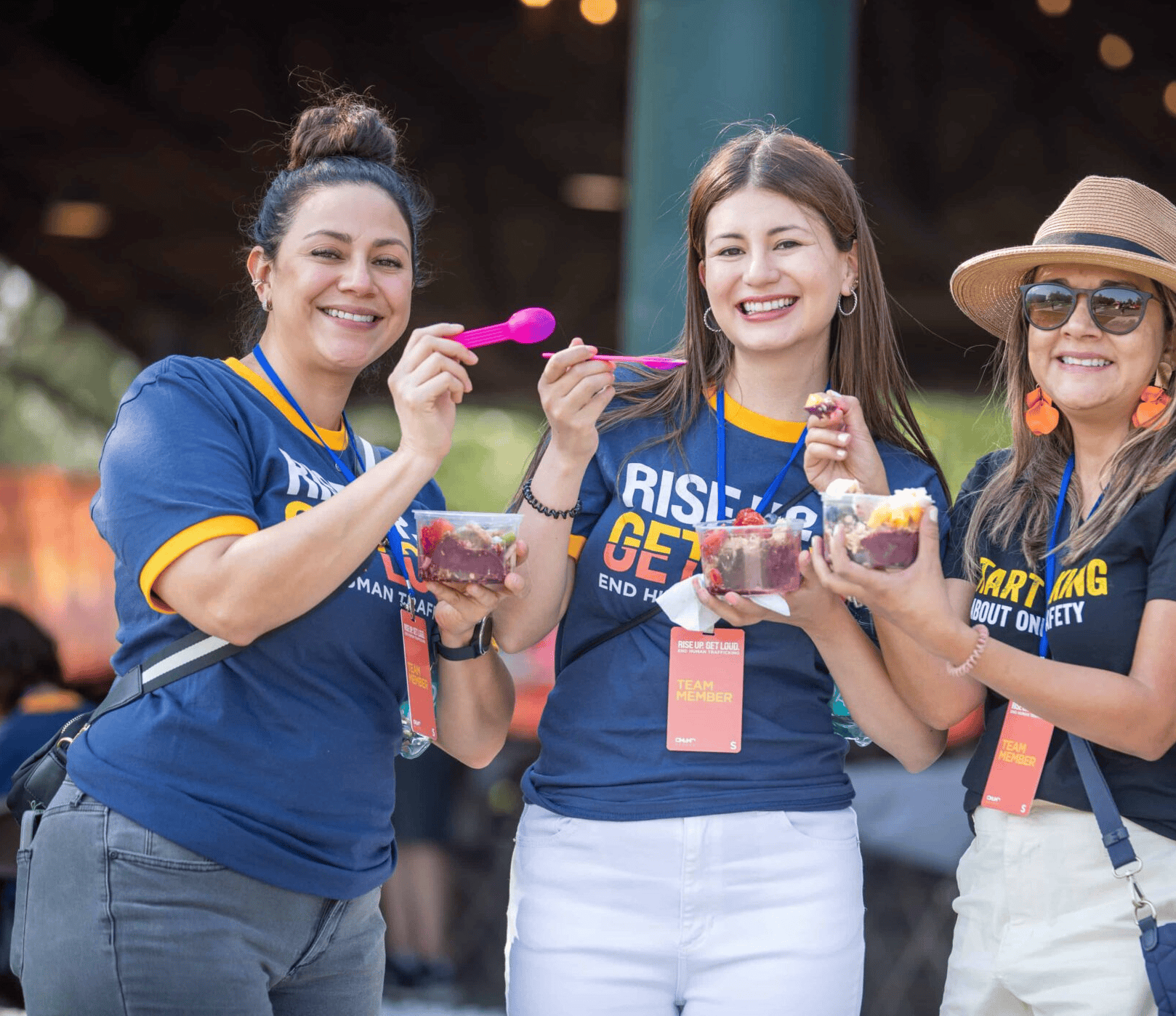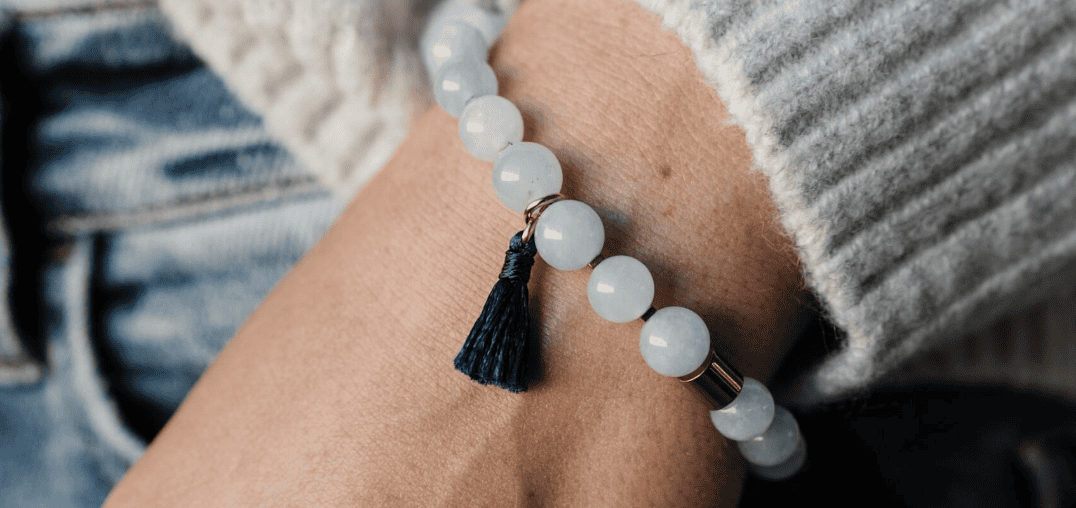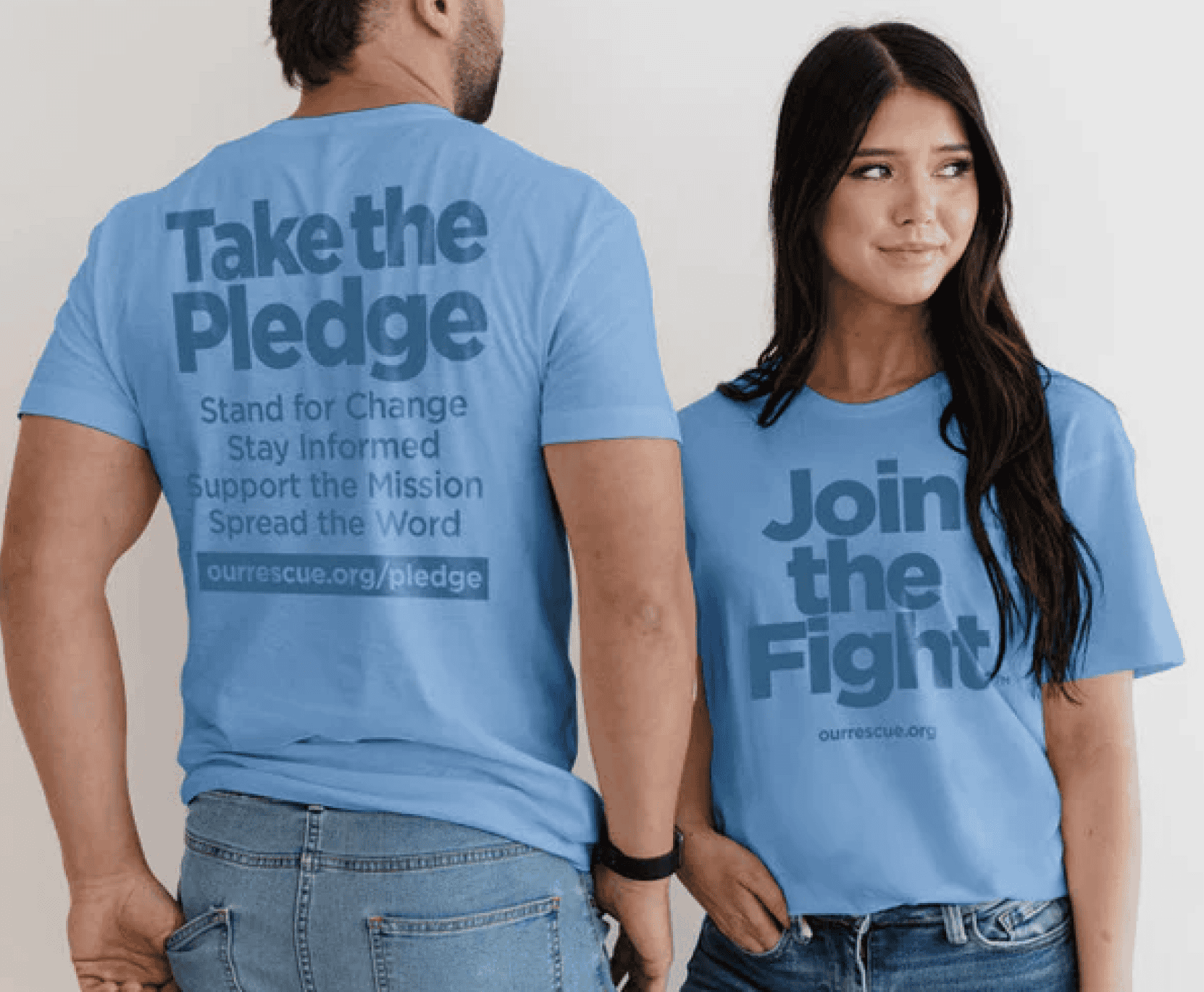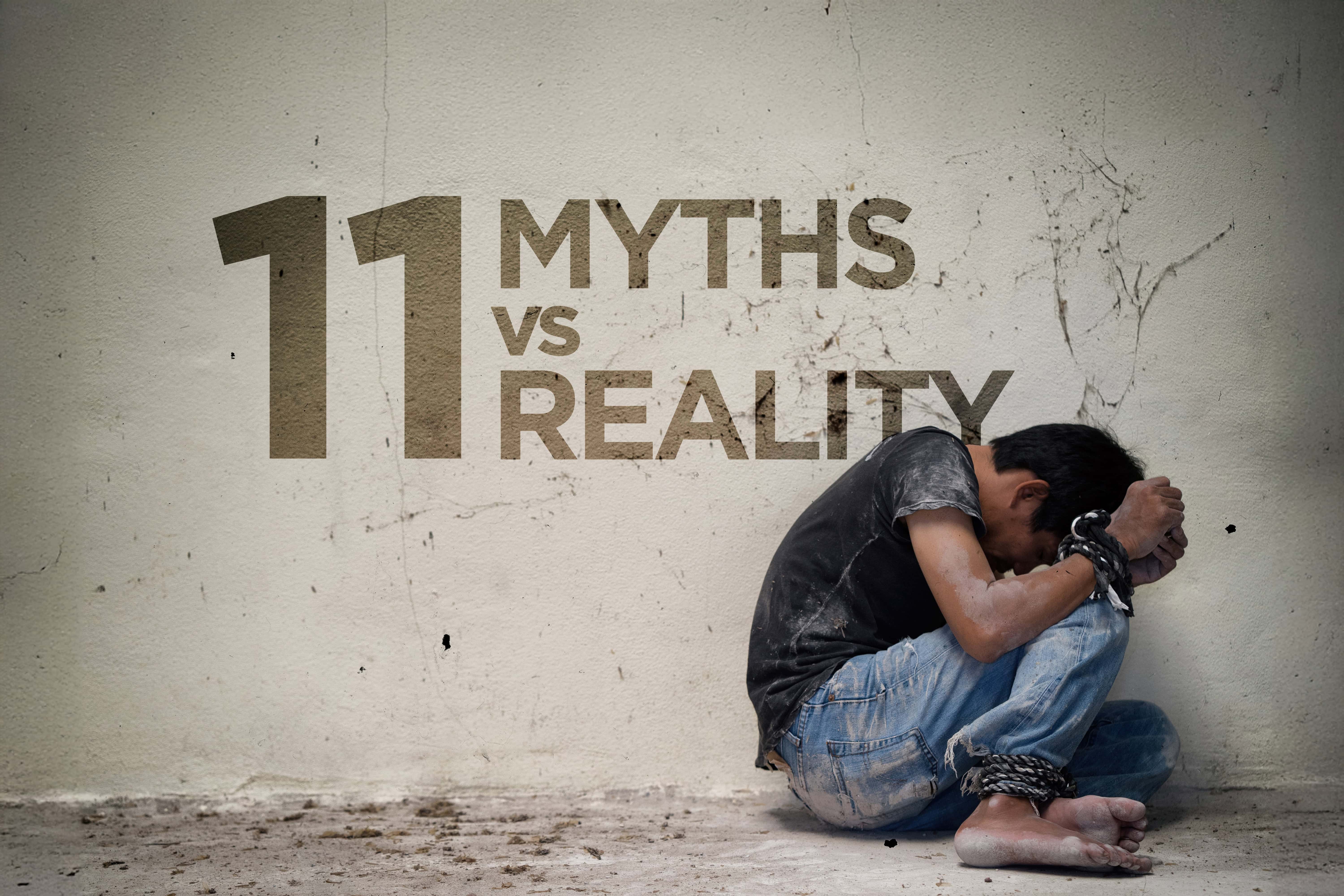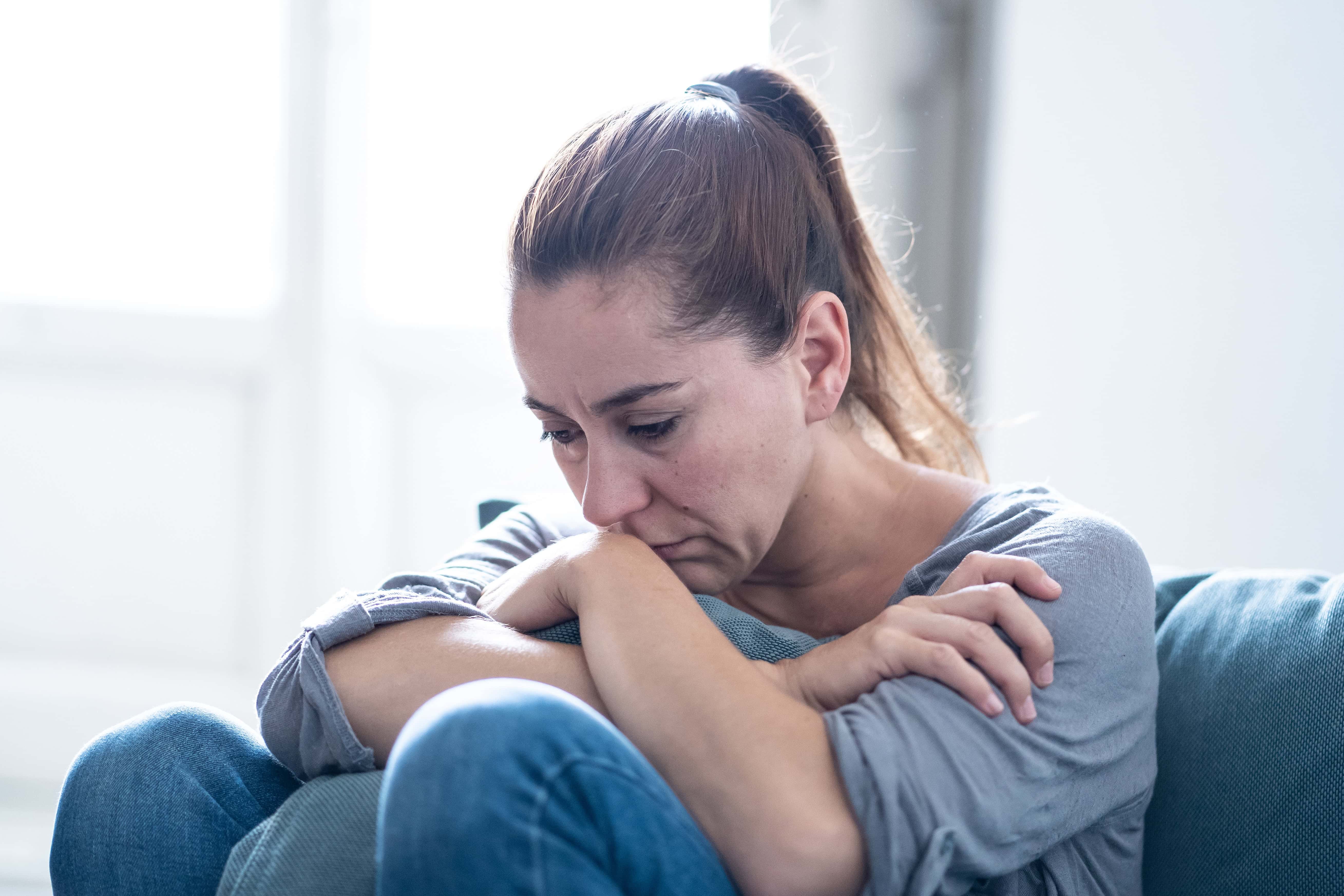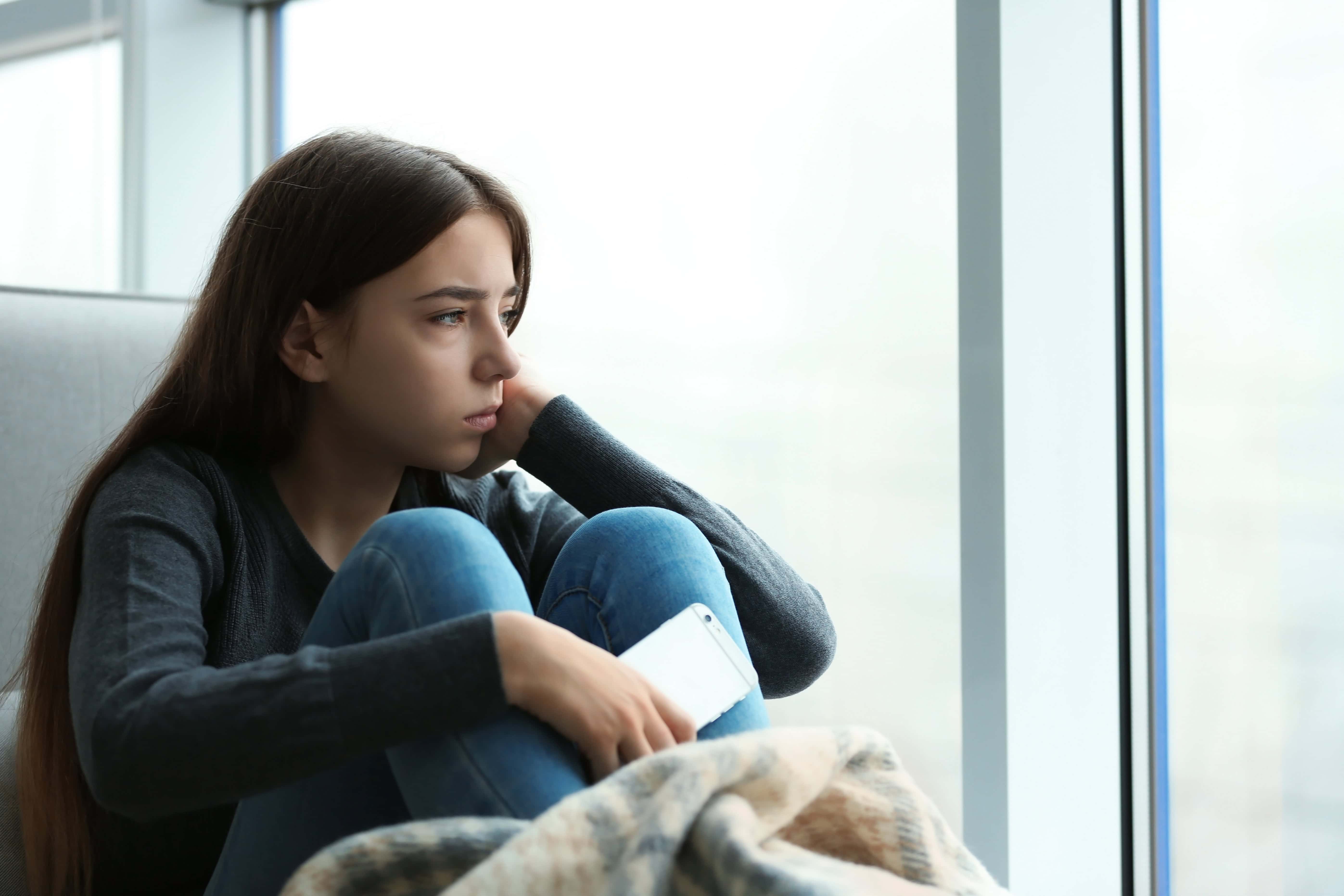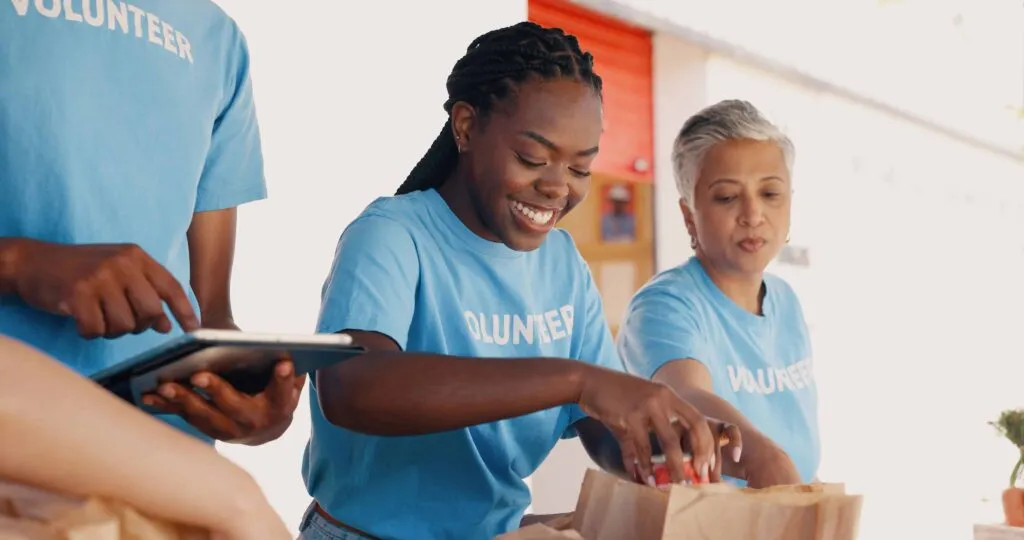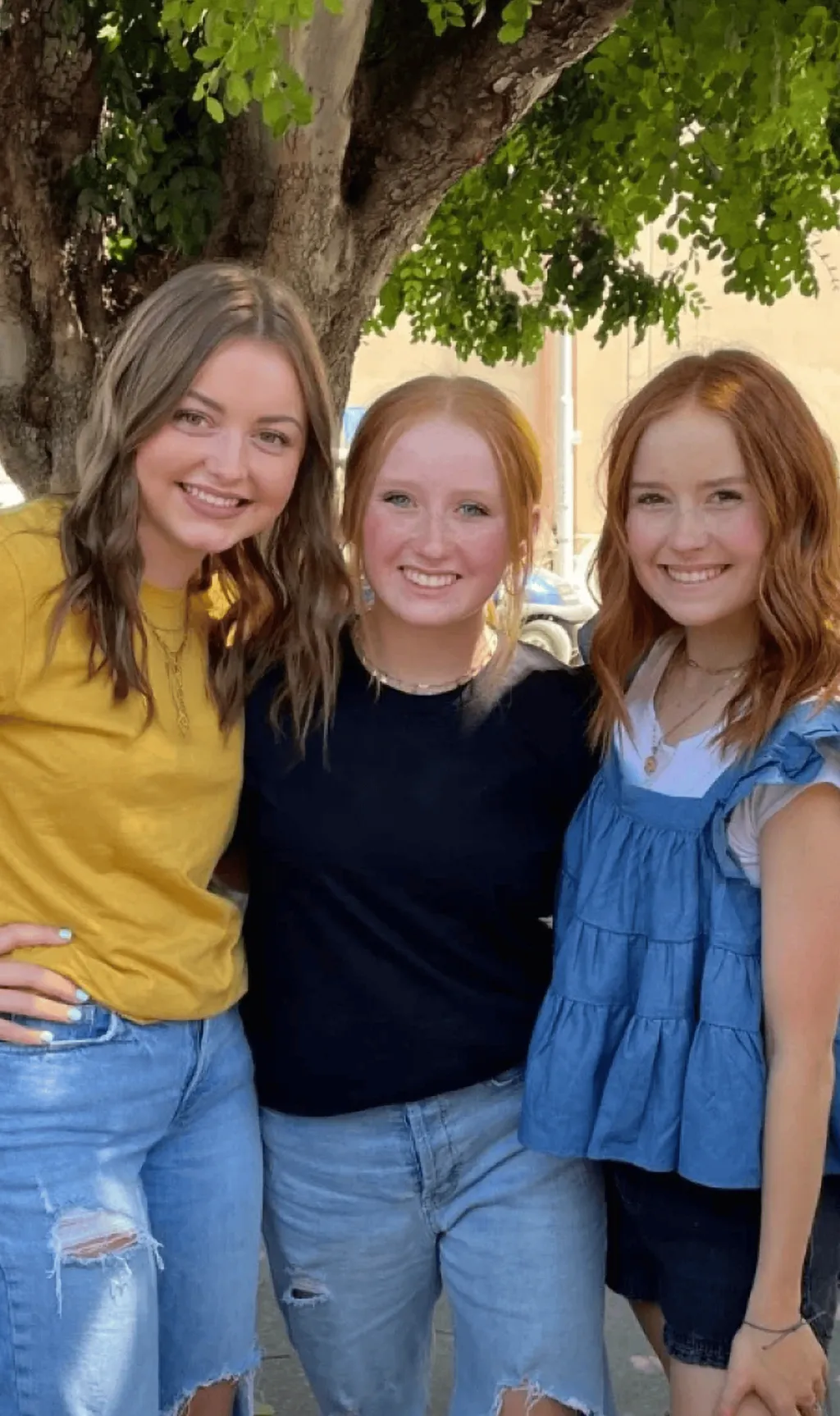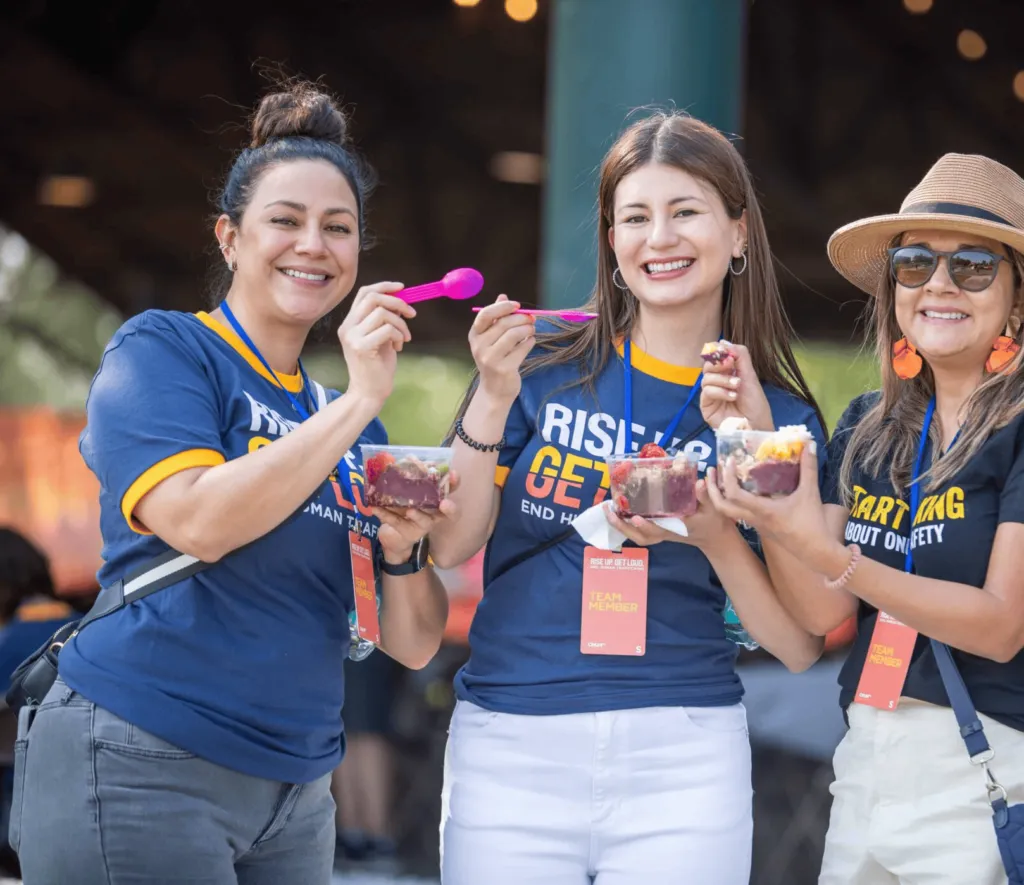
National Human Trafficking Prevention Month 2025
What is Human Trafficking Awareness Day?
Established in 2007 by the U.S. Senate, National Human Trafficking Awareness Day on January 11th shines a light on the realities of human trafficking and exploitation. This day is part of Human Trafficking Prevention Month, an opportunity to educate, advocate, and drive change.
Why Wear Blue?
On January 11th, join others across the nation by wearing blue, the color recognized by Homeland Security for human trafficking awareness. Wearing blue symbolizes solidarity and serves as a visible commitment to ending trafficking and protecting the vulnerable.
How You Can Support National Human Trafficking Prevention Month
Stand For Change
Support The Mission

Ask 11 to Give 11
This January, ask 11 friends to join you in giving $11 to support critical efforts that protect trafficked individuals and bring hope to survivors. Together, small actions can create a lasting impact.
Spread The Word

Stay Informed
In honor of National Human Trafficking Prevention Month, explore way to deepen your understanding of human trafficking.
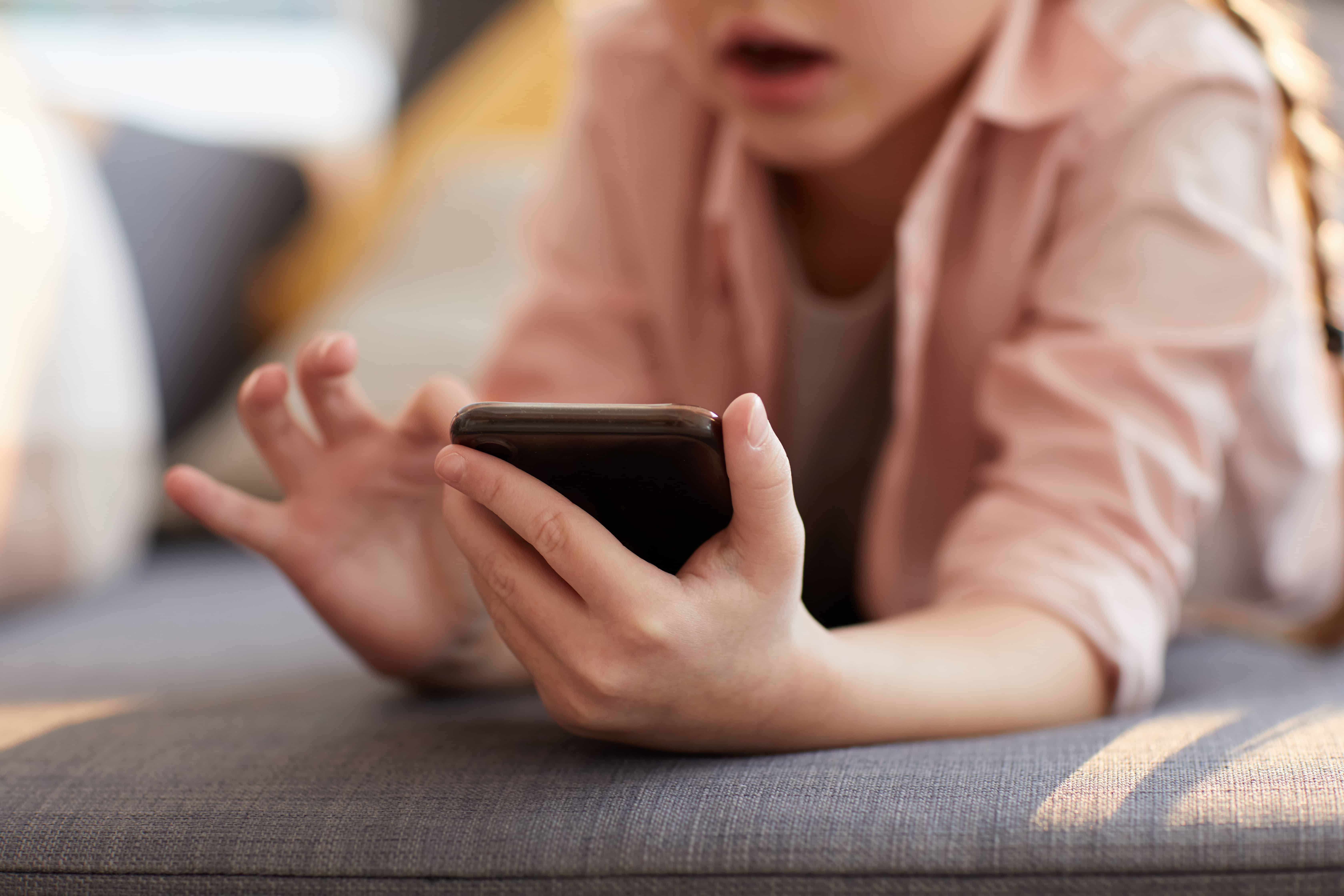
11 Online Apps: Know the Dangers for Kids
Learn which apps traffickers may use and how to identify risks.

CEO Perspectives

Ways to Get Involved
Ways to Make a Difference on Human Trafficking Awareness Day
Together, we can end sex trafficking and protect vulnerable individuals. Here’s how you can contribute:

